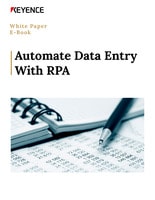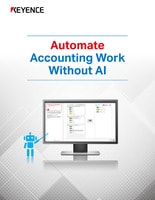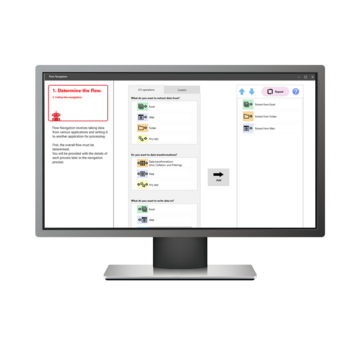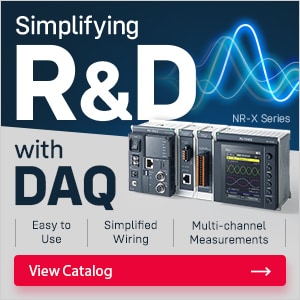RPA (Robotic Process Automation)
Human Resources Department Automation with RPA

Human resources (HR) departments play a critical role in managing an organization's workforce, ensuring that recruitment, employee development, payroll, compliance, and benefits administration are all efficiently handled. However, many HR processes are repetitive, time-consuming, and prone to errors when done manually. Robotic Process Automation (RPA) offers a solution to automate these tasks, enabling HR teams to focus on more strategic initiatives that drive organizational success.
RPA in HR eliminates the need for manual intervention in routine tasks, freeing up valuable time for HR professionals and enhancing the overall productivity of the department. In sectors like manufacturing, where HR teams often manage large workforces and complex shift schedules, automating everything from payroll processing and employee onboarding to compliance tracking and benefits administration provides a comprehensive solution for optimizing HR operations.
Discover more about this product.
Click here to book your demo.
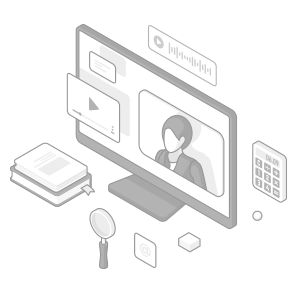
Common Challenges in Human Resources
Employee Onboarding and Offboarding
Onboarding new employees and offboarding departing ones involves numerous steps, including data entry, document verification, and system updates. RPA can automate these processes by managing the documentation, updating employee records, and sending necessary notifications, reducing the administrative burden on HR teams.
Payroll Processing Errors
Payroll is one of the most critical functions in HR. However, it is often prone to errors due to the manual calculation of wages, tax deductions, and overtime. RPA can automate employee timesheet and payroll processing by pulling data from time-tracking systems, ensuring accurate calculations and timely payments while reducing the risk of errors.
Time and Attendance Management
Tracking employee hours, vacation days, and sick leave can be a complex and time-consuming task. RPA can integrate with timekeeping systems to automatically record hours worked, approve leave requests, and update employee records, ensuring that time and attendance data is accurate and up to date.
Compliance and Reporting
Ensuring compliance with labor laws, tax regulations, and other HR-related requirements is an ongoing challenge for HR departments. RPA can automate compliance checks, generate reports, and monitor for discrepancies, ensuring that all HR activities meet regulatory requirements without manual oversight.
Employee Benefits Administration
Managing employee benefits such as health insurance, retirement plans, and bonuses requires extensive data handling and communication with external providers. RPA can automate many of these processes, including enrollment, claims processing, and communications with third-party vendors, reducing administrative complexity and errors.
Benefits of RPA for Human Resources
- Enhanced Accuracy: Automating payroll, benefits administration, and compliance processes reduces human errors, ensuring that records are accurate and up to date.
- Improved Efficiency: By automating routine HR tasks, HR teams can focus on higher-value activities such as employee engagement and talent development.
- Cost Savings: RPA reduces the need for manual labor in repetitive tasks, leading to cost savings and the ability to allocate resources more effectively.
- Faster Onboarding: Automating employee onboarding processes allows new hires to start their roles more quickly, improving their experience and accelerating their productivity.
- Better Compliance Management: RPA can monitor HR processes for compliance with labor laws, tax regulations, and company policies, ensuring that the organization remains in compliance.
Integrating RPA into HR Operations
RPA integrates seamlessly with many HR management systems, including:
- HR Management Systems
- Payroll Systems
- Time and Attendance Systems
- Compliance Tracking Tools
- Benefits Administration Platforms
By integrating RPA with these systems, HR teams can automate end-to-end processes, ensuring that all HR tasks, from recruitment to retirement, are handled more efficiently and accurately.
Designed for Business Users
Unlike traditional automation tools that require scripting or IT involvement, our platform is no-code and intuitive. Users can build and manage their own automations using drag-and-drop logic and built-in recording features. Whether you’re automating simple tasks or complex workflows, you can do it without advanced technical training - learn more about how RPA works.
Who Benefits the Most?
- HR Managers: Automate routine tasks like onboarding, payroll processing, and time tracking to focus on strategic initiatives like talent development and employee engagement.
- Payroll Specialists: Reduce the administrative workload associated with payroll processing, ensuring timely and accurate payments to employees.
- Compliance Officers: Ensure that HR processes are always in compliance with legal and regulatory requirements by automating compliance checks and reporting.
- Benefits Coordinators: Simplify benefits administration by automating tasks such as enrollment, claims processing, and communication with third-party providers.
With RPA, HR departments can streamline operations, reduce administrative workload, and ensure compliance with regulatory requirements. By automating routine tasks, HR teams can focus on more value-driven activities, leading to enhanced employee satisfaction and organizational growth.
FAQs
How Does RPA Streamline the Payroll Process?
RPA can automatically pull data from time-tracking systems, calculate wages, tax deductions, and overtime, and process payroll without human intervention, ensuring accuracy and timely payments.
Can RPA Help With Employee Benefits Administration?
Yes, RPA can automate tasks like benefits enrollment, claims processing, and communication with external providers, reducing administrative complexity and minimizing errors.
How Can RPA Improve Compliance Tracking in HR?
RPA can automate the monitoring of HR processes to ensure compliance with labor laws and regulations. It can also generate reports for auditing purposes and flag any discrepancies.
We’re here to provide you with more details.
Reach out today!
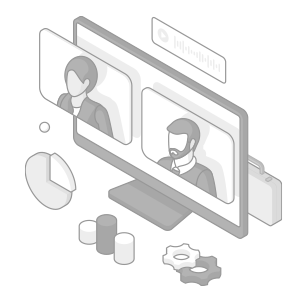
Related Downloads
Related Products
Scroll

